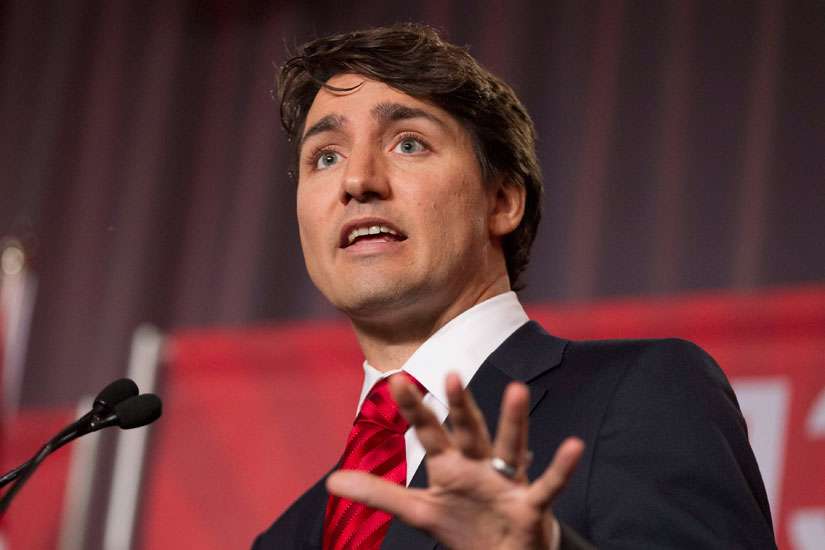But are we really back Canada? There have been positive signs to be sure. If we look at the last federal budget though, it is clear that we can still do better.
Where we put our wealth is a healthy indication of our values. Catholics believe in making a preferential option for the poor. That is a particular lens through which we can attempt to answer the question, “Is Canada back?” For Canada to be truly back on the global stage, our government must be showing particular concern for the poorest in our global community.
We can begin to measure this concern by examining the portion of our federal budget allocated to help the poorest and most vulnerable. To be sure, the expenditure of money itself does not necessarily guarantee the alleviation of poverty and underdevelopment. Aid effectiveness is certainly a priority. But we cannot begin to use money to deliver effective aid if it is not there in the first place.
The portion of our budget dedicated to international aid is known as Official Development Assistance (ODA). The term ODA was defined by the Development Assistance Committee of the Organization for Economic Co-operation and Development in 1969 as a way to measure international aid flows. That was also the year Lester B. Pearson, fresh from finishing a run as prime minister, led the work of a UN Commission that came up with an enduring number by which to judge ODA levels: 0.7 per cent of Gross National Income (GNI)
The 0.7-per-cent GNI target stands to this day. Few have reached it. The most recent country to do so was the United Kingdom. Canada has never reached it.
The closest we came was 0.5 per cent in 1986-87. Is 0.7 per cent simply an unrealistic goal? Not at all. To put this target in perspective, let’s imagine a household with an annual income of $100,000. To reach 0.7 per cent this family would have to donate $700 a year to support the poorest in their community. That’s only about $58 a month.
On April 14 the OECD released its provisional aid numbers for the year 2015. If Canada was a household making $100,000 we would have donated a total of $280 for the year — 0.28 per cent of GNI. These numbers were actually reported as a triumph though. The year before it was 0.24 per cent, the lowest it had been in two decades. According to the Canadian Council for International Co-operation, even this triumph is hollow. The gain can be explained by two one-off payments — a concessional loan to the Ukraine and a double payment to the World Bank due to a technical change in payment schedules. In other words, we are at the tail end of G7 donor countries.
But now Canada is back right? We awaited the budget with hope. Would we see significant re-investment? Would the new government announce a realistic timetable to get us to 0.7 per cent? Alas, no.
The budget unveiled March 22 included only modest increases to ODA of $128 million over the next two years. It is hardly enough to begin a significant reverse of the freefall that started in 2011. It’s like a car that drove itself into a 10-foot ditch, revved its engines to make a lot of noise announcing its reverse, but only backed up a few inches.
Despite the disappointment of only a very modest ODA increase, a window remains open. The 2016 budget announced the intention of the government to do a review of its international aid policy framework. This review is to include consultation with Canadians and international aid organizations. The Canadian Catholic Organization for Development and Peace will be a part of this.
Development and Peace is inviting Catholics across the country to take an active interest in contacting their Members of Parliament and getting involved. To this effect Development and Peace has published an advocacy guide covering a number of themes, including international aid. I am convinced that the average Catholic family already hits 0.7 per cent in their own charitable giving. We do this because we strive to be caring citizens of our communities. Why not encourage our government to strive for the same on the global stage?
(Stocking is Central Ontario animator with the Canadian Catholic Organization for Development and Peace.)

